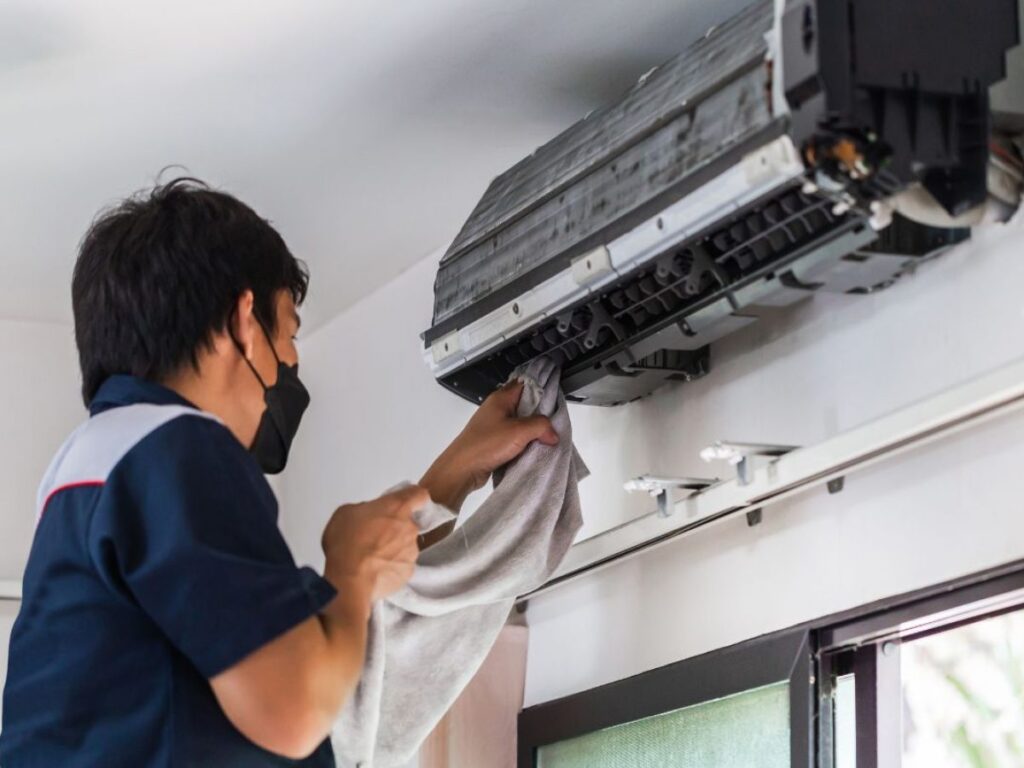Essential Safety Precautions for AC Repair with Comfort Platform
When undertaking DIY air conditioning repair, it is crucial to prioritize safety to prevent accidents and ensure effective troubleshooting. Firstly, always start by disconnecting the power supply to the AC unit to avoid electrical shocks. Locate the disconnect box near the outdoor compressor and switch it off. Additionally, switch off the circuit breaker at the main electrical panel to ensure complete power cutoff. Remember to use insulated gloves and tools when handling electrical components. Furthermore, before starting any repair work, allow the AC unit to cool down to avoid burns from hot components. Proper handling of refrigerants is paramount for safety and environmental reasons. If you suspect a refrigerant leak or need to recharge the system, ensure you have the necessary EPA certification for handling refrigerants. Refrigerants can cause skin and eye irritation upon contact, so wearing protective gear like gloves and safety goggles is essential. Additionally, ensure proper ventilation in the repair area to prevent inhalation of harmful fumes.

Always follow manufacturer guidelines when handling refrigerants, and never release them into the atmosphere as they contribute to ozone depletion. Another critical safety precaution is to use proper lifting techniques when handling heavy components of the AC unit. Avoid straining your back by utilizing assistance or mechanical lifting aids when necessary. Moreover, when working with the outdoor unit, be cautious of sharp edges and moving parts that could cause injuries. Wear sturdy work gloves and closed-toe shoes to protect yourself from cuts and bruises. Secure loose clothing and tie back long hair to prevent entanglement with moving parts. Inspect the AC unit for signs of damage or wear before starting any repair work. Look for frayed wires, corroded connectors, or damaged insulation, and replace or repair any faulty components before proceeding. It is also essential to follow proper lockout/tagout procedures to prevent accidental startup of the system while performing repairs. Place a lockout/tagout device on the electrical disconnect switch and clearly label it to indicate that maintenance work is in progress.
When working on the indoor components of the AC system, such as the air handler or ductwork, be mindful of sharp edges and potential obstructions. Use caution when accessing tight spaces to avoid getting stuck or causing damage to the equipment. Additionally, be aware of potential hazards such as mold or mildew growth in damp areas and take appropriate precautions, such as wearing a respirator and gloves. Finally, always refer to the manufacturer’s instructions and safety guidelines when performing DIY AC repairs and Contact Us. Consult reputable online resources or seek advice from HVAC professionals if you are unsure about any aspect of the repair process. Remember that safety should always be the top priority, and if you encounter a repair task beyond your skill level or comfort zone, it is best to seek professional assistance to avoid accidents or further damage to the AC system.
